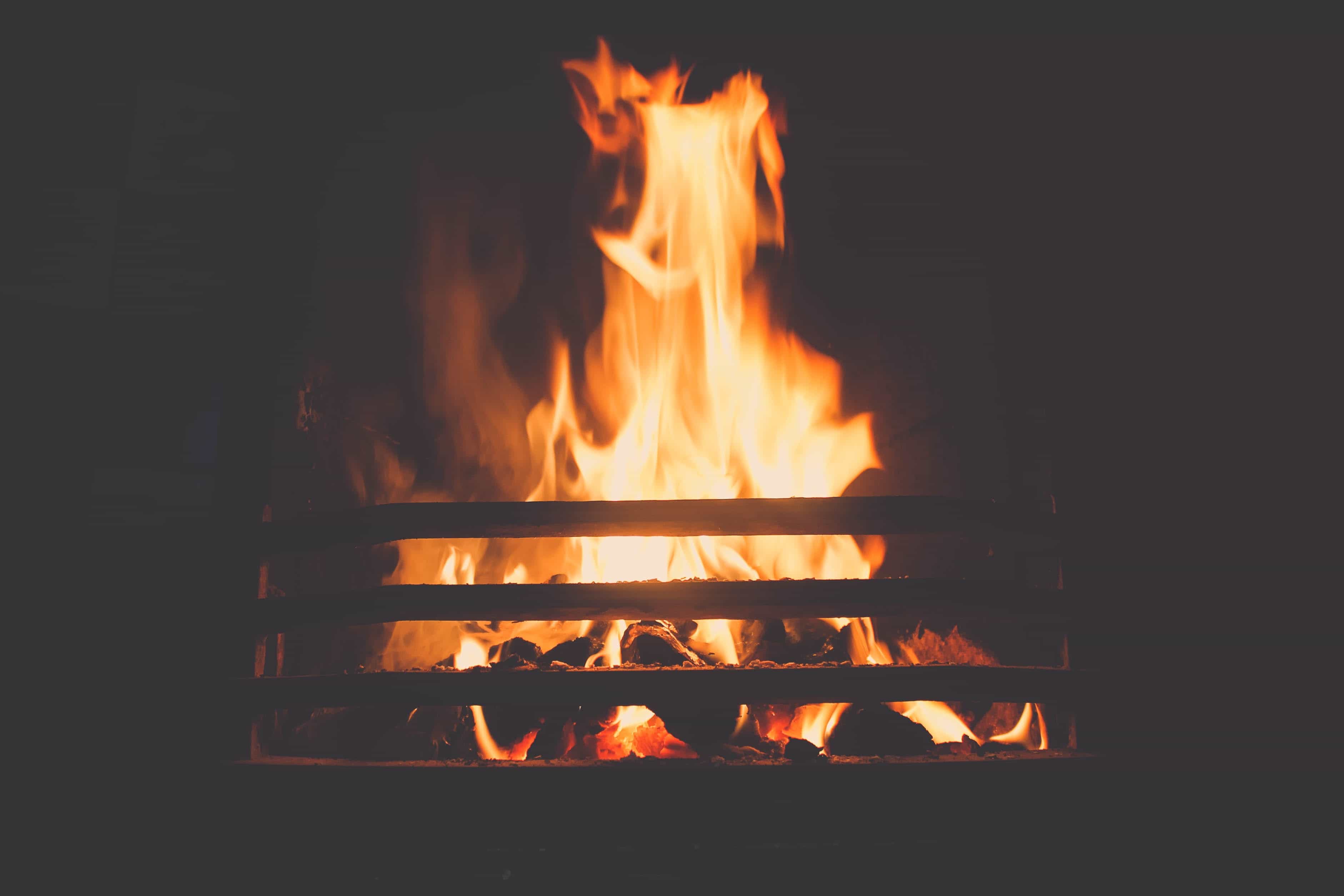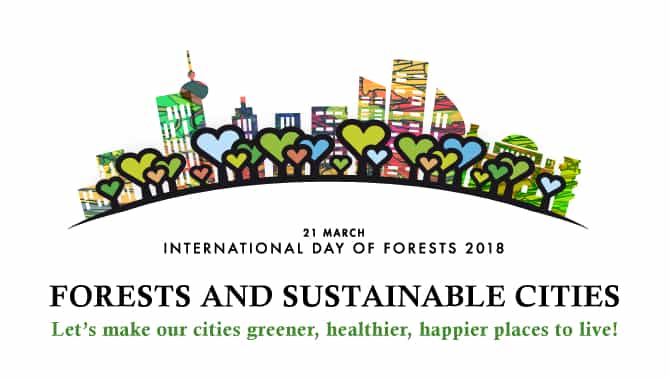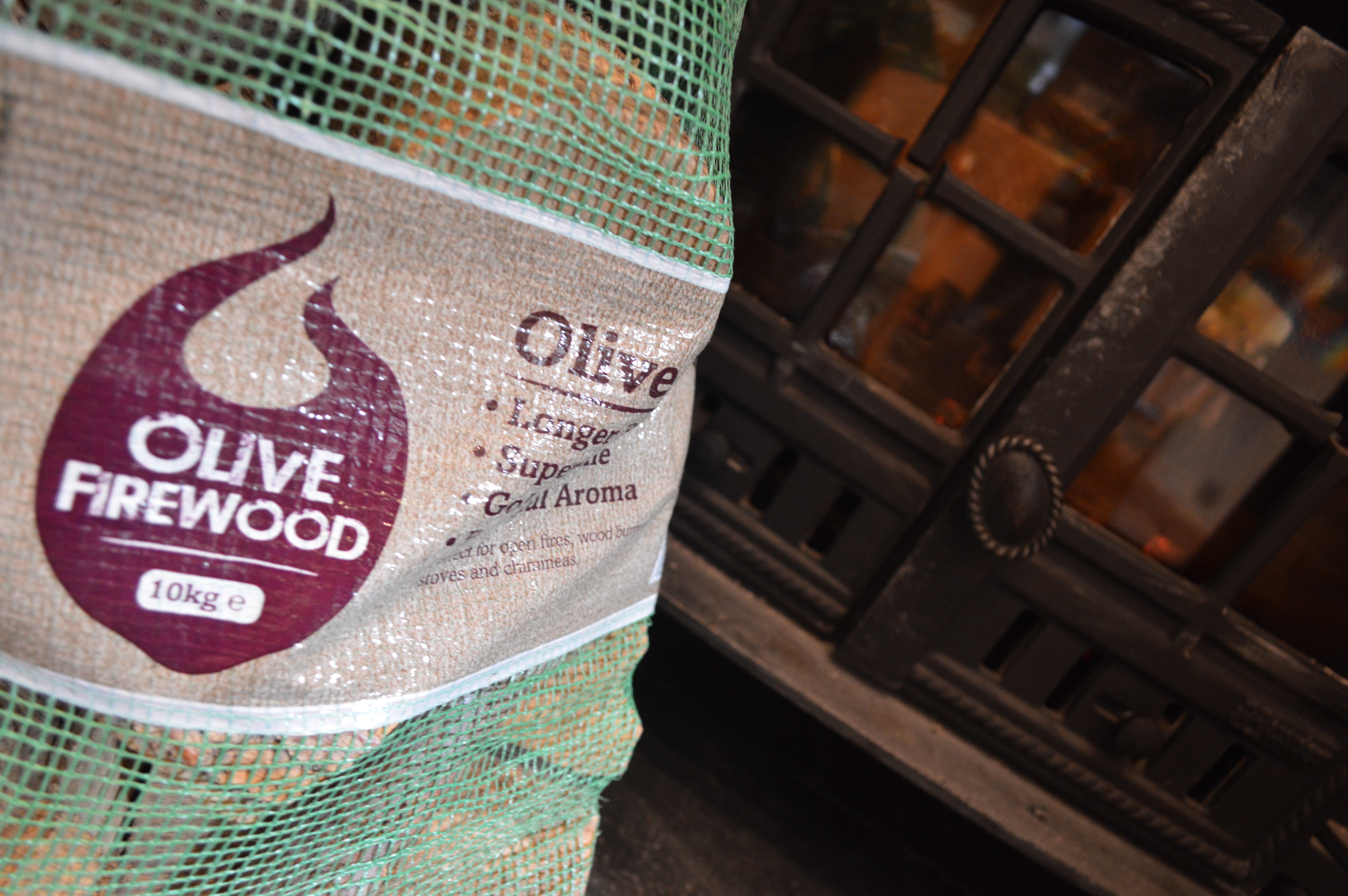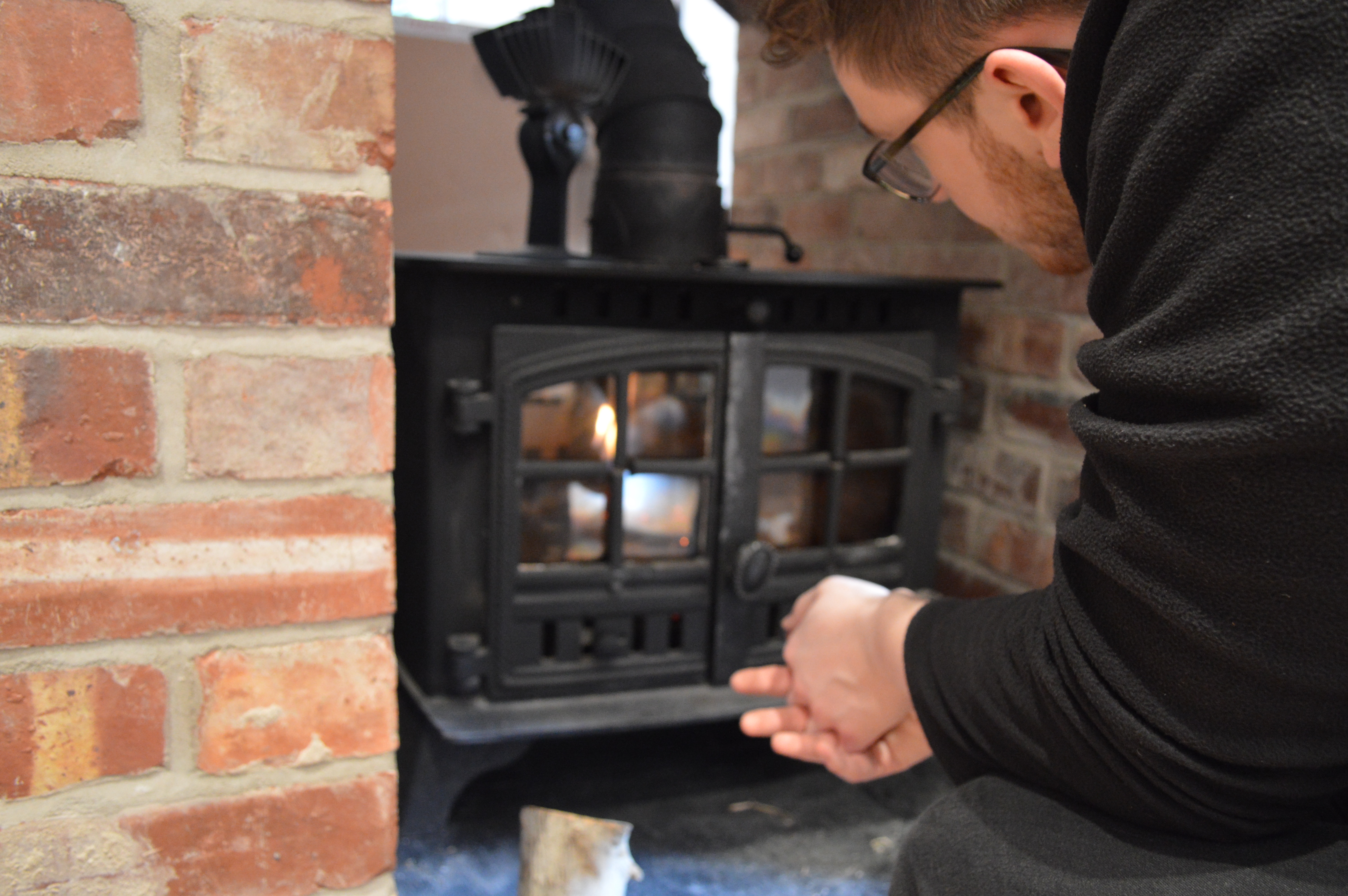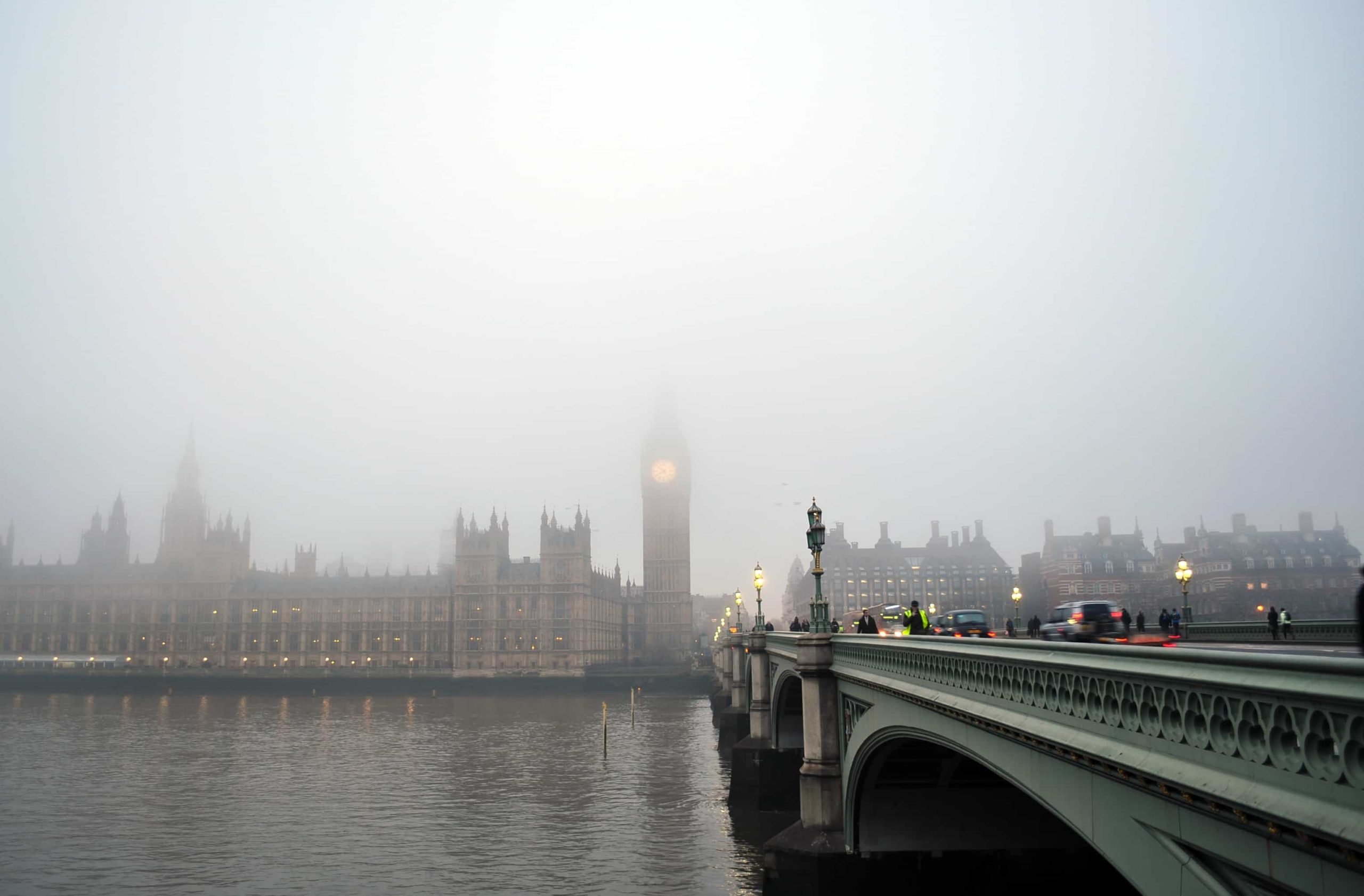5 common myths you’ve heard about fireplaces
Fireplaces:
This week’s topic is the alternative solid-fuel heating method for those without space for a log-burner – fireplaces! Fireplace always provide warmth and ambience to any room they’re in whether it’s your lounge, bedroom, or even the garden. They provide a great source of heat, a focal point in any room and with a range of styles both classic and modern to choose from, there’s a hearth out there for everyone. Fireplaces can actually add value to a property as they have become a highly sought feature for first-time buyers. Fireplaces can utilise various different types of solid fuels, ranging from pellets, coal, gas, propane and various types of wood.
The history of the fireplace dates back to prehistoric fire-pits and smoke-canopies in the middle ages. First introduced to Europe in the 11th century, the likes of Benjamin Franklin and Prince Rupert of the Rhine have contributed in shaping the hearth into its current state.
As such a popular home installation, there are many claims and figures out there about fireplace performance. Here are 5 commons myths you might encounter when purchasing or servicing a fireplace.
5 common myths you’ve heard:
- Chimneys do not need regular inspections and sweeping. Chimneys must be serviced every year as build-ups of soot and creosote are often the origin of chimney fires. Firemizer reduces the creosote levels by 57%, meaning that chimney inspections will be far less difficult and pricey. However, creosote isn’t the only reason for inspections; debris and nesting animals also affect the structural integrity of your chimney.
- Fireplaces are poor sources of heat. Fireplaces can be poor sources if the fire is not maintained properly. Some believe that fireplaces send their heat up the chimney, and wood fires need oxygen to burn. Use a cast-iron fireback to radiate heat back into the room, and opening the flue will dispose of dangerous toxins. Firemizer reduces harmful air pollutants emitted by solid fuels by up to 72%.
- Lighter fluid and kerosene will produce a better fire quickly. Though it’s true that it will produce a fire quickly, this will be using harmful and potentially dangerous chemicals. Instead of putting your home at risk, use balls of newspaper or an entirely kerosene-free Firebuilder.
- I don’t need to clean my fireplace or chimney more than once a year. How frequently you use your fireplace dictates how often it should be cleaned (ranging from yearly to fortnightly). Always clear ash from the fireplace before starting a new fire (keeping a small bed of ash on the bottom). Firemizer reduces clumps of fuel in your wood, turning your ash into fine powder making clean-up much easier.
- It’s ok to leave the fire burning while I’m out or asleep. Absolutely not, fires are unpredictable and there are a number of factors that could contribute to a larger incident. To make sure it’s safely exterminated, throw a cup of water, sand or baking soda on top.
Conclusion:
When properly serviced and maintained, a fireplace makes the perfect addition to any room in the house. Pair your hearth with Firemizer and Firebuilder and get the most out of your solid fuel source saving you time, effort and money.

